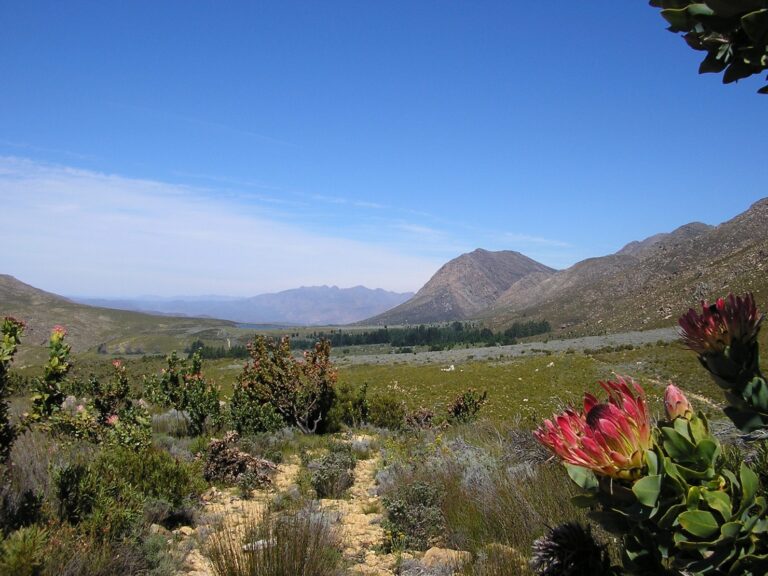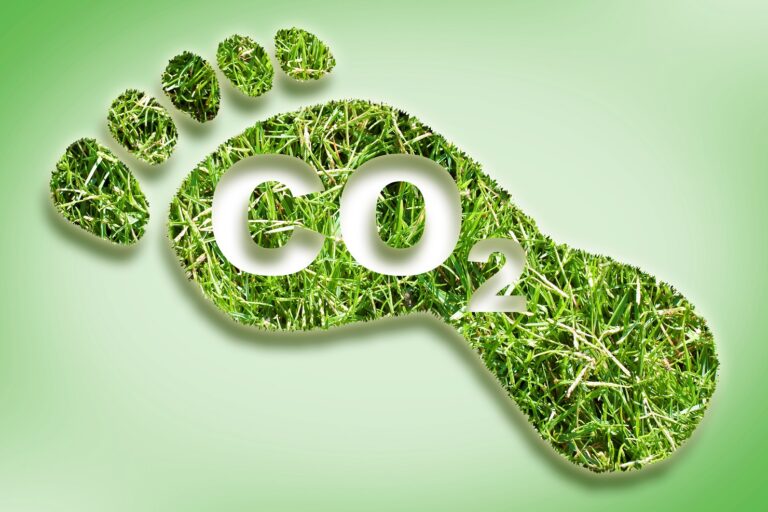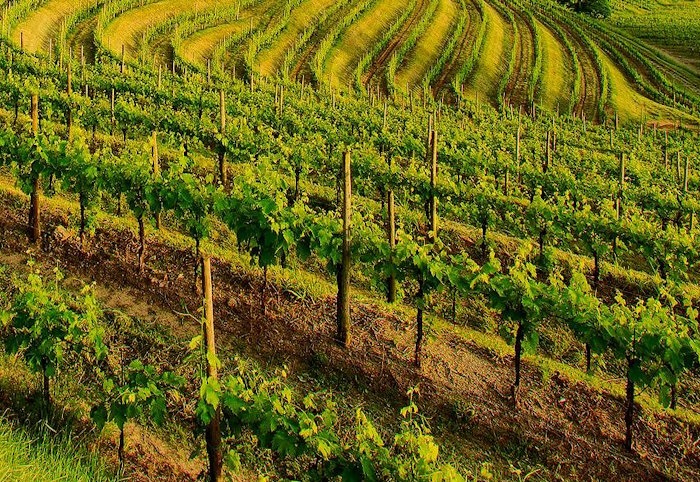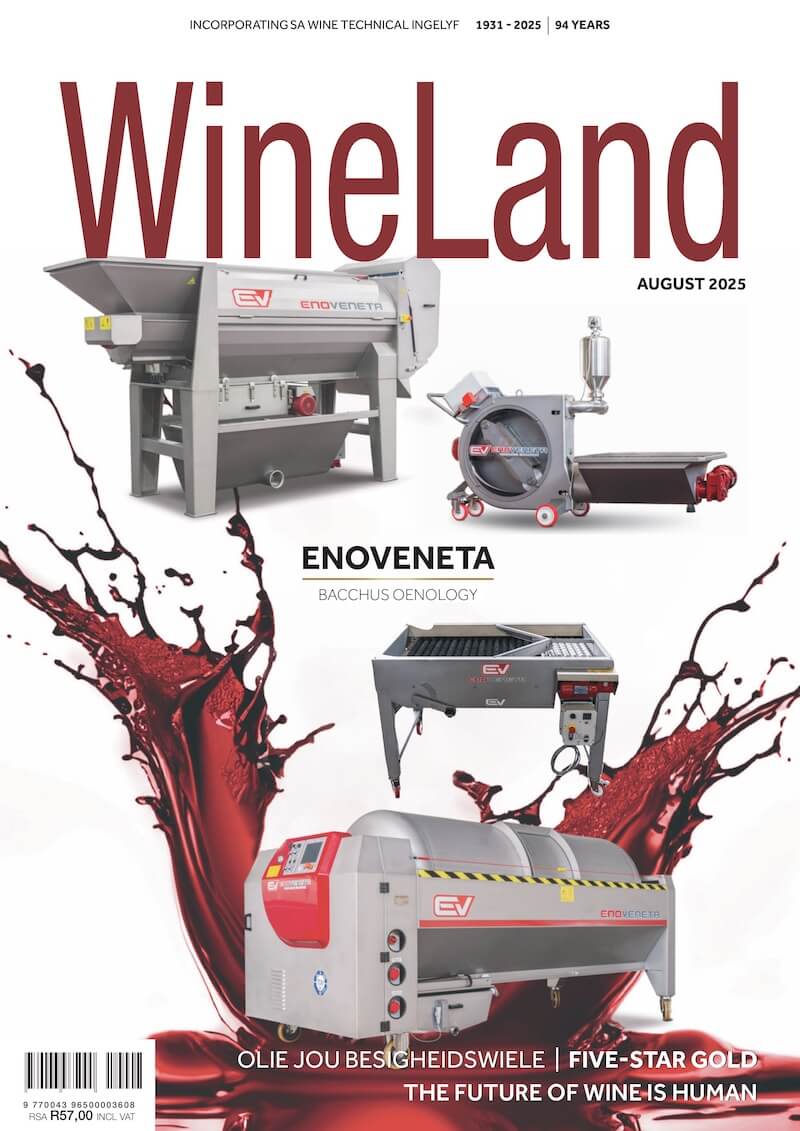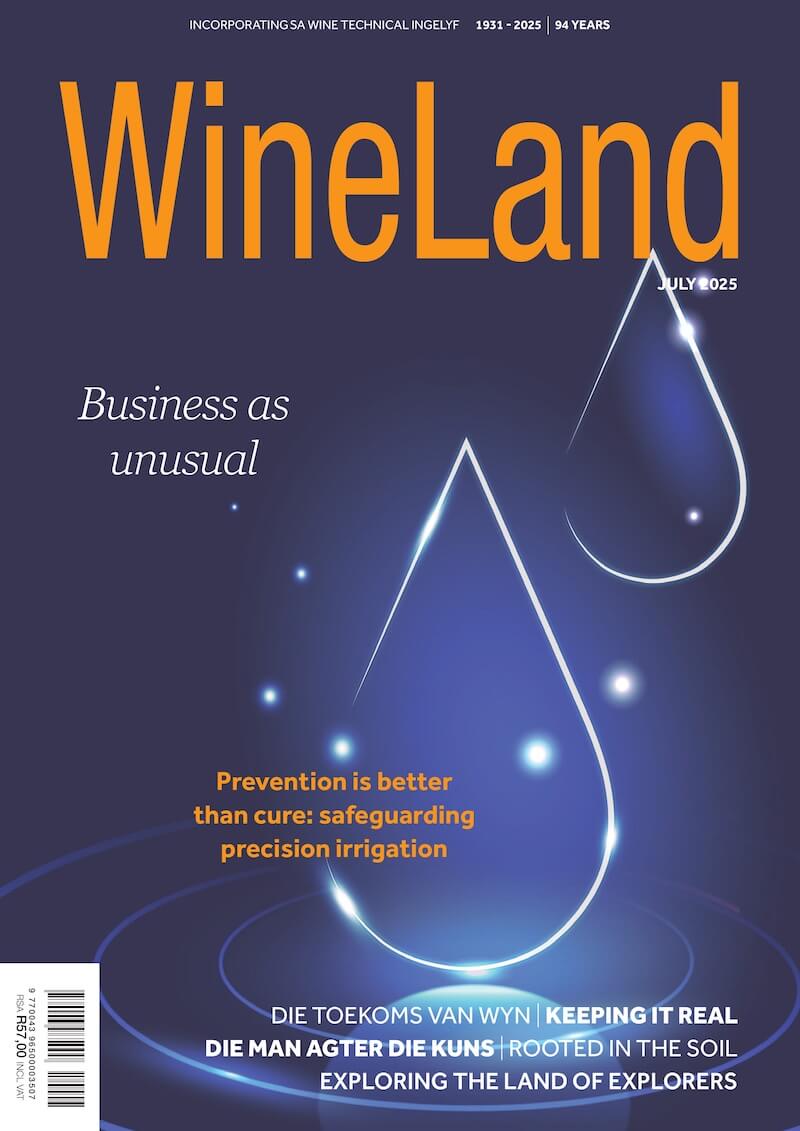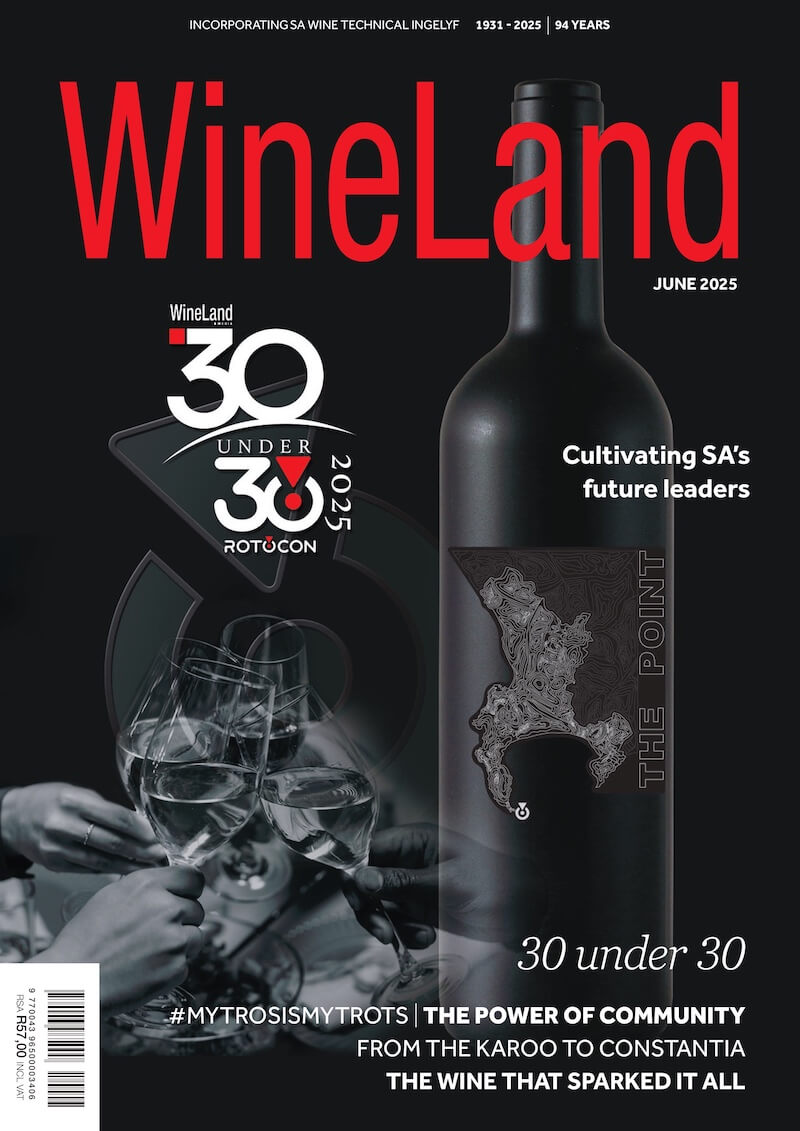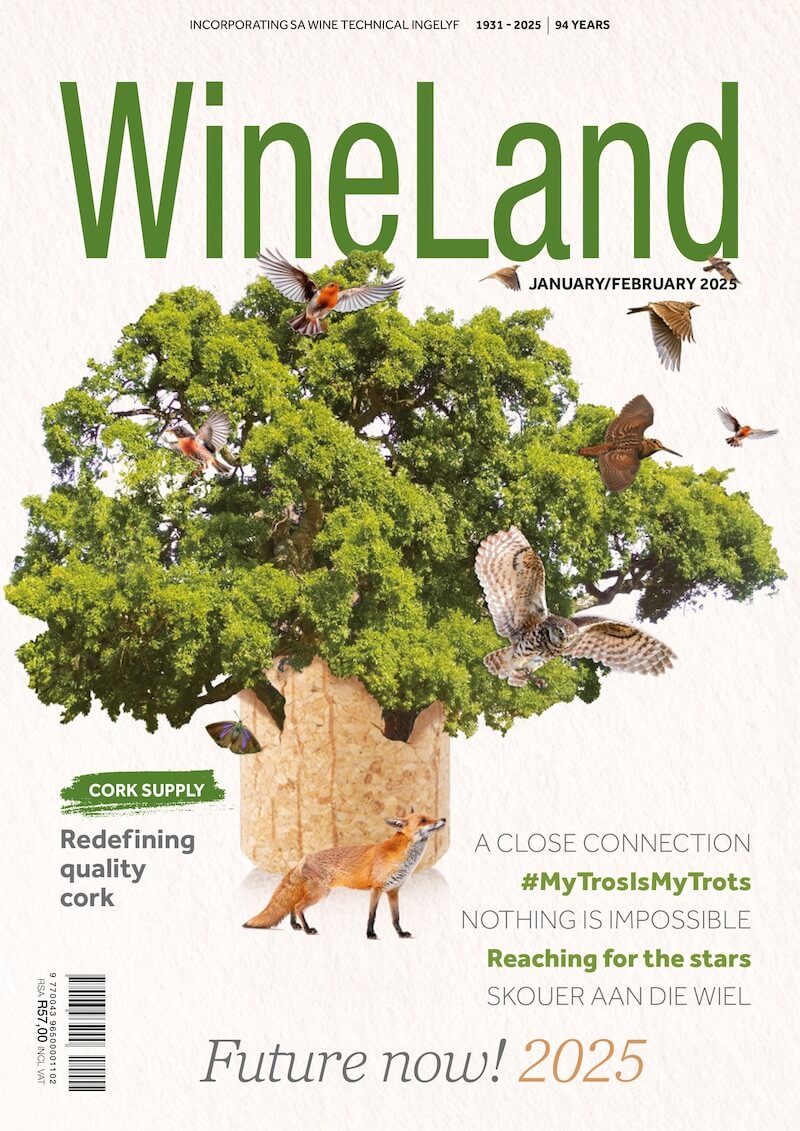Abstract
A study was conducted to assess the effect of simulated rainfall on six soils with different textures irrigated with winery wastewater (WWW) diluted to a chemical oxygen demand (COD) level of 3 000 mg/L over one simulated irrigation season. Thereafter, simulated winter rainfall was applied to the pots. The rainfall was simulated according to the long-term averages of the regions where the soils originated. Leaching of cations, particularly potassium (K+) and sodium (Na+) occurred only from four of the six soils when winter rainfall was simulated. In one of the sandy soils, the simulated rainfall was too low to allow leaching. In another soil, high clay content of 35% in combination with low rainfall prevented leaching. In three soils that received the same amount of rainfall, more cations leached from the duplex sandy soil compared to the two other soils. These trends indicated that leaching of cations was a function of soil texture and rainfall. The study showed that in regions with low rainfall, irrigation with WWW would lead to the accumulation of cations, thereby increasing soil salinity. The study confirmed that for sustainable use of WWW irrigation in agriculture, different soil types will require individual management in order to avoid or minimise the negative environmental impact on natural resources by wastewater irrigation.
Introduction
Studies regarding climate change in the wine growing regions of the Western Cape Province have shown sharp increases in air temperature, whereas rainfall is expected to decline, or to be differently distributed during the rainy season. In 2017, the Western Cape experienced the worst drought in a decade and this will have a lasting effect on agricultural production in the future.
The average annual grape production in South Africa was 1.33 million tonnes from 2010 until 2012, and wineries generate large volumes of poor quality wastewater, particularly during harvest. It is estimated that approximately 3-5 m3 of winery wastewater (WWW) with high organic load and variable salinity and nutrient levels is produced per tonne of grapes crushed. Most WWW is currently irrigated onto pastures, but because of the drought and climate change, the idea of using WWW to irrigate vineyards has been encouraged.
Winter rainfall after WWW irrigation may lead to the leaching of nutrients to the groundwater. Changes in soil structure due to wastewater irrigation depend on the quality of wastewater, i.e. salinity levels, organic matter content, and the amount of total suspended solids. The rate and amount of pollutants from WWW reaching groundwater resources depend on several factors such as: sorption, degradation, chemical properties of the wastewater, soil characteristics, environmental conditions, rainfall and water management practices.
Saline-sodic irrigation water in low rainfall and high evaporation areas will increase soil sodicity. Furthermore, a major side effect associated with wastewater irrigation is the potentially irreversible deterioration of the groundwater quality. The electric conductivity (ECe) of Fluvisol soils decreased as a result of leaching of salts by the Autumn-Spring rainfall. However, due to high cation exchange capacity (CEC) and high water retention capacity, the soils still retained high levels of sodium (Na+). Winter rainfall on soils irrigated with WWW will lead to the reduction of soil electrolyte concentrations regardless of soil type. Low rainfall areas are likely to experience less soil structural hazard, which is linked to high exchangeable monovalent cation concentrations, while high rainfall areas will experience more soil structural hazard.
Taking above-mentioned into consideration, the objective of the study was to investigate the effect of simulated winter rainfall on leaching of basic cations in soils irrigated with diluted WWW.
Materials and methods
Soils used
Six pedogenetically different soils, commonly found in the Western Cape Province of South Africa, were included in the study. Soils will be referred to as Rawsonville sand, Lutzville sand, Stellenbosch shale, Stellenbosch granite, Stellenbosch sand and Robertson clay. The Robertson soil had the highest clay content, i.e. 35%, whereas the Lutzville sand contained only 0.4% clay (Table 1). The soil was packed into PVC pots to a specific predetermined bulk density and volume of the pots as described previously. The results of the chemical properties of the six soils are presented in Table 2. The pH of the six soils ranged between 4.2 and 6.6, whereas ECe ranged between 20 and 70 mS/m. The CEC of the different soils ranged between 2.9 and 8.3 cmolc.kg-1.

Application of irrigation to the soils
For the control treatment, soils were irrigated with water abstracted from the Holsloot River near Rawsonville in the Breede River Valley. Water used for the WWW treatment was collected from the wastewater pit at a winery near Rawsonville and diluted to a chemical oxygen demand (COD) level of 3 000 mg/L. Six irrigations were applied over one simulated season as it was estimated that six is the number of irrigations a micro-sprinkler irrigated vineyard would require during the harvest period, i.e. when the highest volumes of WWW are produced. Irrigation was applied when about 50% of the water had evaporated (Figure 1) and was considered to be the recommended level of depletion for vineyards to obtain a balance between yield and wine quality. After one simulated irrigation season, simulated winter rainfall was applied to all treatments. The amount of rainfall applied to each soil was based on the long-term mean winter rainfall for each of the different regions where the soil was collected. During and after each irrigation, as well as during and after each simulated rainfall day, the leachate was collected and pooled. The total volume of leachate for each soil was recorded at the end of the simulated rainfall period. The chemical status of the leachate from each soil was determined in samples collected from the pooled leachate.

FIGURE 1. Variation in soil water content (SWC) in (A) Rawsonville sand, (B) Lutzville sand, (C) Stellenbosch shale, (D) Stellenbosch granite, (E) Stellenbosch sand, and (F) Robertson sandy loam soils where river water and diluted winery wastewater were applied to simulate one season’s irrigation. Dashed horizontal lines indicate field capacity (FC) and the refill point.
Water sampling and analyses
Water samples were collected from the river water and wastewater tanks prior to each irrigation. The pH, EC, Na+, potassium (K+), calcium (Ca2+), magnesium (Mg2+), iron (Fe2+), chloride (Cl–), bicarbonate (HCO3–), sulphate (SO42-), boron (B3+) and COD were determined at a commercial laboratory according to methods previously described.
Soil sampling and analyses
After one simulated WWW irrigation season, soil samples were collected from the 0 to 19 cm soil layer. Soil sampling was again carried out after the simulated winter rainfall had been applied. All analyses were carried out by a commercial laboratory according to analytical procedures described previously.
Results
Chemical composition of the irrigation waters
The chemical composition of the river water used to irrigate the control treatment was within the acceptable range for irrigation water (Table 3). The average water pH of 7.2 was lower than the 8.4, which is the maximum threshold for irrigation. The average EC value of 21 mS/m was well below the 75 mS/m salinity threshold value for grapevine irrigation. The average COD was 44.8 mg/L, which is in line with normal drinking water. The overall Na+ and K+ levels were very low.
With the exception of pH, WWW chemical parameters were higher than those of the river water (Table 3). As expected, the EC, COD, K+, Na+ and HCO3– were higher in the WWW compared to the river water. It should be noted that the HCO3– in the WWW was high for the first three of the six irrigations (data not shown), while it dropped to almost zero in the last three irrigations. This could be attributed to the WWW using different detergents during the latter period.

Composition and amount of simulated winter rainfall applied
As expected, the overall average chemical composition of the river water used to simulate winter rainfall was within the acceptable range for irrigation water (data not shown). The pH levels were below the recommended pH for irrigation water, ranging from 6.5 to 8.4. The amount of rainfall applied was calculated from the long-term average winter rainfall in the region where each soil was collected (Table 4). Rawsonville soils received the highest amount of rainfall per day (13.8 mm), followed by the three soils from Stellenbosch (9.3 mm), while the Robertson and Lutzville soils received the least rainfall (4.5 and 3.8 mm, respectively).
Composition of leachate after simulated winter rainfall
No leaching occurred in the case of the Lutzville and Robertson soils after the simulated winter rainfall had been applied. This indicated that the volumes of simulated rainfall were inadequate to leach the elements applied via wastewater nutrients from these soils. In the case of the Robertson clay, a high water holding capacity could have prevented leaching of solutes. For the soils where leaching occurred, extremely small volumes of solutes leached following a simulated rainfall event. Only 0.83±0.15, 0.36±0.14, 0.55±0.16 and 0.64±0.14 mL were collected per rainfall event for the Rawsonville sand, Stellenbosch shale, Stellenbosch granite and Stellenbosch sand, respectively. The total leachate used for the chemical analyses amounted to 34.5, 18.6, 27.9 and 32.7 mL, respectively, per treatment replication for the four soils. It must be noted that the same amount of rainfall was applied to the three Stellenbosch soils. The chemical composition of the leachate varied considerably as described previously. Differences in the composition of the leachates clearly reflected in the different colours observed (Figure 2). Winter rainfall following WWW irrigation caused leaching of K+ and Na+ from the soil. The leachate from soils irrigated with WWW was darker than that irrigated with river water, indicating leaching of organic matter. The colour of leachate from Stellenbosch sand was similar to the WWW applied (Figure 2D). This indicated that substantial leaching of organic compounds applied via WWW occurred compared to the other soils.

FIGURE 2. Examples of leachate collected after simulated winter rainfall from the (A) Rawsonville sand, (B) Stellenbosch shale, (C) Stellenbosch granite, and (D) Stellenbosch sand. Bottles on the left contain leachate where river water was applied.
Soil chemical changes after irrigation and simulated winter rainfall
Basic cations
Potassium: The soil K+extr showed almost no change where river water was applied, irrespective of soil type (Figure 3). In contrast, irrigation with WWW increased the K+extr in the six soils. Due to no or limited leaching, as discussed above, the K+extr remained almost unchanged in all soils after the simulated winter rainfall. In fact, K+extr in the Lutzville sand tended to increase slightly after the rainfall (Figure 3B). The Stellenbosch sand was the only soil where the K+extr showed a prominent decline after the rainfall (Figure 3E). This trend was probably due to the combined effect of the high initial K+extr content and the organic compounds on the amount of K+ leached from the soil, as discussed above. In spite of the leaching, the soil K+extr retained was still almost double the initial level.

FIGURE 3. Effect of irrigation with river water and winery wastewater diluted to 3 000 mg/L COD (After Irr.), followed by simulated winter rainfall (After R) on extractable soil K+ for (A) Rawsonville sand, (B) Lutzville sand, (C) Stellenbosch shale, (D) Stellenbosch granite, (E) Stellenbosch sand, and (F) Robertson clay.
Sodium: As expected, irrigation with the diluted WWW increased the Na+extr in all soils to higher levels than river water irrigation in most of the soils (Figure 4). The levels of Na+extr in the Lutzville sand and Robertson clay were similar after the river water, as well as WWW irrigations (Figures 4B and 4F). The Na+extr declined in all the soils where the simulated rainfall resulted in leaching (Figure 4). Where river water was used for irrigation, the Na+extr levels were comparable to the initial levels, or even lower in the Rawsonville sand, the initial levels. However, the simulated rainfall was insufficient to leach all the Na+ where diluted WWW was used for irrigation. Due to the relatively high Na+ in the water used for the rainfall simulation, the Na+extr in the Lutzville sand and Robertson clay increased after the rainfall simulation (Figures 4B and 4F). This indicated that the Na+ in the river water used for the rainfall simulation contributed to the soil Na+extr where diluted WWW was applied. This confirms the importance of using natural rainfall for leaching studies.

FIGURE 4. Effect of irrigation with river water and winery wastewater diluted to 3 000 mg/L COD (After Irr.), followed by simulated winter rainfall (After R) on extractable soil Na+ for (A) Rawsonville sand, (B) Lutzville sand, (C) Stellenbosch shale, (D) Stellenbosch granite, (E) Stellenbosch sand, and (F) Robertson clay.
Calcium and magnesium: Although more Ca2+ was applied via the diluted WWW, it had no effect on the level of soil Ca2+extr compared to the irrigation with river water, irrespective of soil type (data not shown). This indicated that the 35 mg/L Ca2+ in the WWW was too low to increase the soil Ca2+extr. Likewise, the simulated rainfall had no effect on the soil Ca2+extr, except for a substantial increase in the Robertson clay. Similar to Ca2+extr, irrigation with diluted WWW had no effect on the level of soil Mg2+extr compared to the irrigation with river water, irrespective of soil type (data not shown). The simulated rainfall had no effect on the Mg2+extr in most soils. However, the Mg2+extr increased in the Stellenbosch granite irrigated with WWW before the rainfall simulation. The Mg2+extr in the Robertson clay also increased after the simulated rainfall, irrespective of the water used for irrigation. At this stage, there is no explanation for these unexpected results for soil Ca2+extr and Mg2+extr.
Conclusions
Six different soils from three wine growing regions were subjected to simulated winter rainfall following one season of irrigation with WWW. The winter rainfall could not leach basic cations, particularly K+ and Na+, from two of the six soils as the amount of the simulated rainfall was too low to achieve leaching. Where three soils received the same amount of rainfall, more cations leached from the sandy soil compared to the two clayey soils. These trends indicated that the leaching would be a function of soil texture, as could be expected, as well as rainfall. The simulation with low rainfall events indicated that the basic cations are more likely to accumulate in soils if climate change results in lower winter rainfall in these regions.
Given the highly variable rainfall in South Africa, it is possible that abnormally high daily rainfall events can leach accumulated cations from vineyard soils in regions with relatively low average rainfall, especially in sandy soils. In regions where winter rainfall is not high enough to leach nutrients from the soil that was irrigated with WWW, there is a potential for accumulation of high salt concentrations that will increase soil salinity. It can be recommended that if the Lutzville sand and Robertson clay soils are to be used for WWW irrigation, there should be proper management and monitoring of soils to avoid accumulation of salts due to low winter rainfall in these particular regions. The Stellenbosch duplex soil seems unsuitable for WWW irrigation unless accurate irrigation scheduling is practised.
Acknowledgements
- This article is an output of WRC Project K5/1881, entitled “The impact of wastewater irrigation by wineries on soils, crop growth and product quality”. This solicited project was initiated, funded and managed by the WRC. The project was co-funded by Winetech and ARC.
- Goudini Winery for providing wastewater for the research.
- ARC for infrastructure and resources.
- Staff of the Soil and Water Science division at ARC Infruitec-Nietvoorbij for their assistance, and in particular Mr. F. Baron for his dedicated technical support.
References
- Vink, N., Deloire, A., Bonnardot, V. & Ewert, J., 2012. Climate change and the future of South Africa’s wine industry. American Association of Wine Economists105, 1-18.
- Mulidzi, A.R., Clarke, C.E. & Myburgh, P.A., 2019. Response of soil chemical properties to irrigation with winery wastewater on a well-drained sandy soil. S. Afr. J. Enol. Vitic. 40, 289-300.
- Howell, C.L. & Myburgh, P.A., 2018. Management of winery wastewater by re-using it for crop irrigation – A review. S. Afr. J. Enol. Vitic. 39, 116-132.
- Howell, C.L., Myburgh, P.A., Lategan, E.L. & Hoffman, J.E., 2018. Effect of irrigation using diluted winery wastewater on the chemical status of a sandy alluvial soil, with particular reference to potassium and sodium. S. Afr. J. Enol. Vitic. 39, 284-296.
- Muller, K., Magesan, G.N. & Bolan, N.S., 2007. Review: A critical review of the influence of effluent irrigation on the fate of pesticides in soil. Agr. Ecosyst. Environ. 120, 93-116.
- Mulidzi, A.R., Clarke, C.E. & Myburgh, P.A., 2018. Annual dynamics of winery wastewater volumes and quality and the impact of disposal on poorly drained duplex soils. S. Afr. J. Enol. Vitic. 39, 305-314.
- Mulidzi, A.R., Clarke, C.E. & Myburgh, P.A., 2016. Design of a pot experiment to study the effect of irrigation with diluted winery wastewater on four differently textured soils. Water SA 42, 20-25.
- Suarez, D.L., Wood, J.D. & Lesch, S.M., 2008. Infiltration into cropped soils: Effect of rain and sodium adsorption ratio-impacted irrigation water. J. Environ. Qual. 37, 169-179.
- Mulidzi, A.R., 2016. The effect of winery wastewater irrigation on the properties of selected soils from the South African wine region.D. dissertation. Stellenbosch University, Private Bag X1, 7602 Matieland (Stellenbosch), South Africa.
- Department of Water Affairs & Forestry, 1996. South African Water Quality Guidelines (second edition). Volume 1: Domestic Use. Department of Water Affairs & Forestry, Private Bag X313, Pretoria, 0001.
- Myburgh, P., 2012. Guidelines for vineyard irrigations with saline water. Wynboer Technical yearbook 2012, 94-96.
- Mulidzi, A.R., Clarke, C.E. & Myburgh, P.A., 2020. Vulnerability of selected soils in the different rainfall areas to degradation and excessive leaching after winery wastewater application. S. Afr. J. Enol. Vitic. 41, 99-112.
For more information, contact Reckson Mulidzi at mulidzir@arc.agric.za.
Click here to get your copy of WineLand Magazine.
